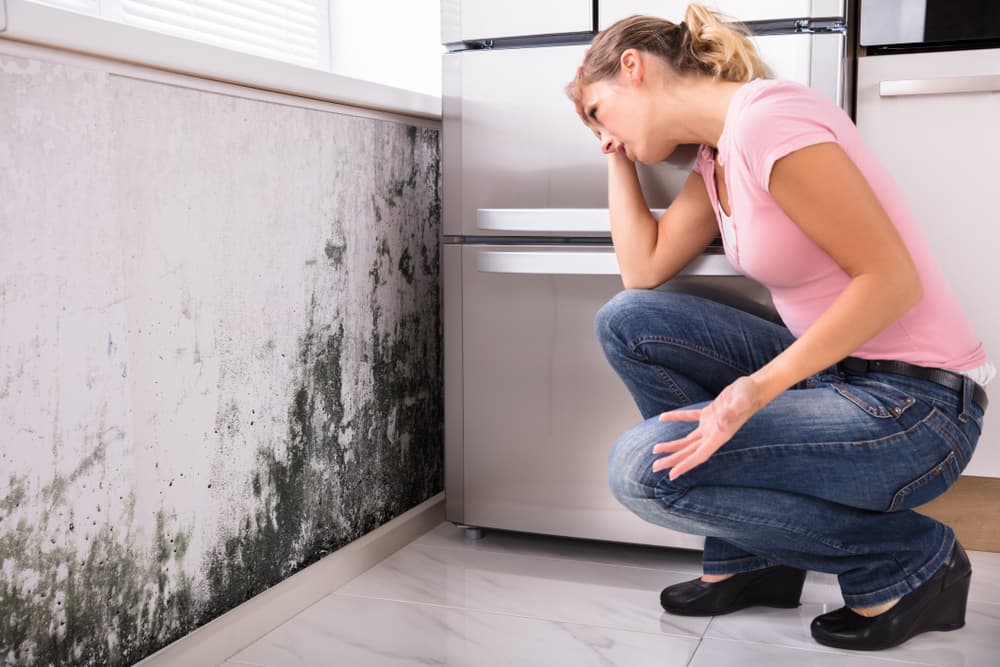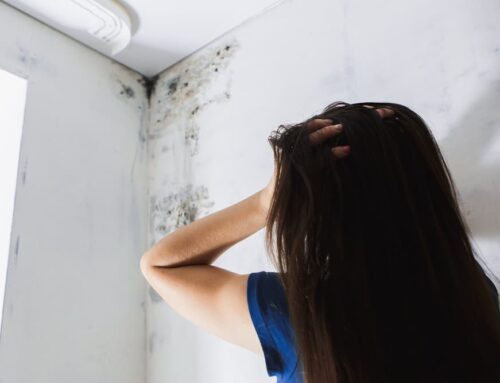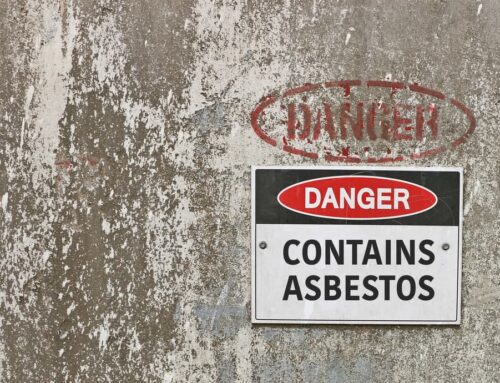When faced with a mould or mildew problem in your home or business, there’s nothing worse than trying to identify the species you have and addressing it. For your health and safety – along with that of all occupants – it’s crucial that you minimize as much guesswork as possible. Our team at the Healthy Home Center is here to help not only with dedicated mould removal services and support but also with some general cleaning tips – plus advice on when not to clean and instead call in a specialist.
Each Behaves a Little Differently
Mildew tends to usually appear on the surfaces of natural materials. These include wood furnishings, leather upholstery, select fabrics, and otherwise. Bear in mind, however, that it can’t penetrate the surface, meaning a vigorous cleaning can often eliminate mildew before it does any more serious damage. It also tends to require high humidity to spread.
Mould is different in that it doesn’t outright require high humidity to fester, though it certainly does aid in that regard if the conditions are ideal. Damp settings, such as leaks from a pipe or foundation, are prime real estate for mould and mildew cultures to “move-in” and grow. Many types of moulds are typically found behind walls, in basements, or under moist patches of carpeting, for instance. In addition, unlike mildew, mould is capable of burrowing, so the latter is often harder to locate and identify.
Mildew is Generally Easier to Clean than Mould
It sure sounds like mould tends to give property owners a hard time, doesn’t it? Sadly, the headaches don’t stop there; not only is it more invasive given its burrowing capabilities, but it’s also much more stubborn and challenging to completely remove. In fact, it’s often not safe to remove or even touch most moulds without the right protective equipment, though this depends on the species present within your property. Many of these should be removed by an experienced mould remediation professional with years of informed techniques – and the right tools – at their disposal. You should especially never attempt to clean up or remove mould on your own if you have preexisting respiratory issues.
Most forms of mildew, on the other hand, can generally be eliminated using stronger household cleaning solutions, though we recommend doing so in a well-ventilated area and using cleaners that won’t damage more sensitive materials like wood.
Causes of Mildew and Mould
As a form of fungi, mould longs for dark yet moist conditions, even better if there’s high humidity as mentioned earlier. Common causes of mould spore growth include the following and more:
- Roof leaks caused by missing shingles, damage, or pooling water
- Plumbing issues such as damaged or leaky pipes
- Moisture trapped within the drywall, under carpeting, insulation, or within wooden furniture
- Consistently damp indoor conditions, usually due to poor seals or high relative humidity
Since mildew is capable of growing on practically any form of organic material, all the above conditions apply to it as well. That said, there are some others to bear in mind:
- Stagnant indoor air, as mildew spores are naturally occurring in the environment – too many in a space causes it to accumulate on surfaces
- Sudden periods of warmth, such as when the heater goes on for the winter with windows closed
- Mildew feeds and thrives on dirt, grease, and oils, so indoor environments need to be kept clean
Why Call in a Mould Removal Specialist?
Select species including Stachybotrys chartarum (black mould) are highly toxic to one’s health if disturbed or interacted with unless you follow proper removal procedures and wear the right gear. Hiring an experienced mould removal specialist minimizes the risk to you and your household, handling the remediation of unwanted growths while disturbing spores as little as possible. Such moulds release what are known as mycotoxins, which are byproducts that are damaging to the immune system. Mycotoxins also tend to trigger serious allergic reactions in some individuals, irritating the eyes while causing nasal congestion, chest tightness, and various respiratory problems. Therefore, calling in a mould removal specialist is a proactive way to clear pesky mould spores out of your property without putting building occupants at risk.
All in all, the best thing you can do for yourself and those occupying your property with you is to arm yourself with knowledge. Whether you’re facing mildew that just needs a good scrubbing and some bleach or a toxic form of mould that demands expert removal, our team is here to help address any questions or concerns. We can also perform thorough testing – including surface scraping – to determine what type of mould is present, making informed recommendations on what to do next. For more information or to request our services, get in touch today.







